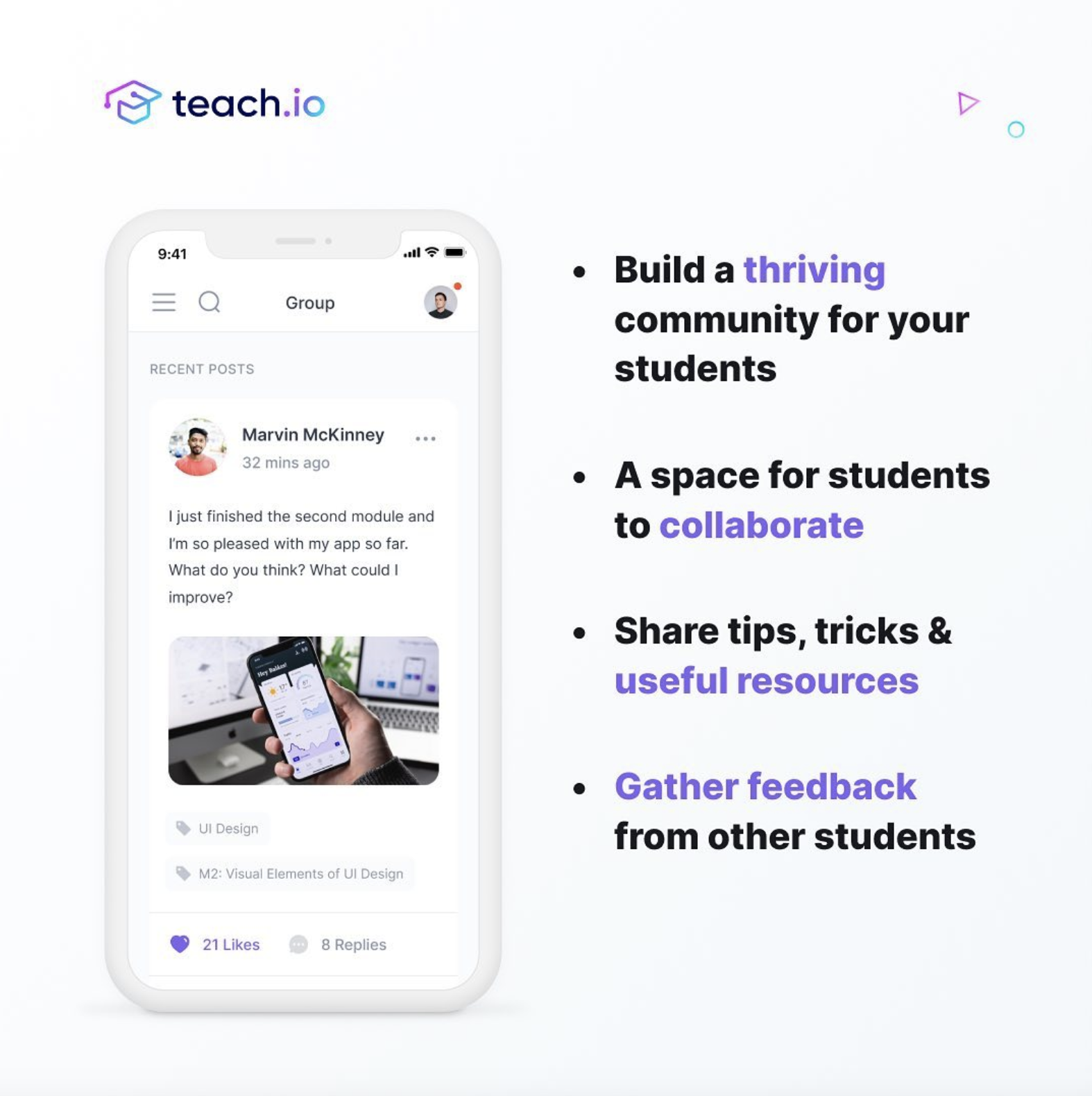Hey there, future YouTube star! Are you thinking about diving into the world of educational videos? Wondering if you can turn your passion for teaching into a profitable venture? Well, you’re in the right place! Today, we’re going to explore the exciting world of YouTube and uncover the secrets of how to monetize educational videos on this dynamic platform.
Understanding YouTube Monetization

First things first, let’s talk about the big question: “Can you monetize educational videos on YouTube?” The short answer is a resounding yes! YouTube is not just a platform for cat videos and vlogs; it’s a goldmine for educational content creators looking to earn money from their passion for teaching.
Educational videos are a hit on YouTube because they offer value – they teach a skill, provide knowledge, or enhance understanding through an interactive format. As an educational content creator, you have the unique opportunity to tap into a market that’s hungry for learning.
Monetizing Through the YouTube Partner Program
The YouTube Partner Program (YPP) is your ticket to monetization. By joining YPP, you get access to various monetization strategies, including ads, memberships, and even a merchandise shelf. However, getting into the YPP isn’t a walk in the park.
You need to have at least 1,000 subscribers and 4,000 watch hours over the past year. Plus, you must adhere to all YouTube’s policies and guidelines – they’re pretty strict about that!
The Beginner’s Guide to Creating Engaging Educational Content

Embarking on the journey of creating educational content can seem daunting, especially if you’re stepping into this realm for the first time. However, the process of crafting informative, engaging, and valuable learning materials can be incredibly rewarding.
Whether you aim to enlighten students, support professionals in their career development, or share your knowledge on a global platform like YouTube, this guide is your starting point. Let’s dive into the essentials of creating educational content that resonates and inspires.
Step 1: Identify Your Niche and Audience
Before you create educational videos, it’s crucial to pinpoint your niche and understand your target audience. What subject matter are you passionate and knowledgeable about? Who would benefit most from your expertise? Whether it’s historical events, digital marketing strategies, or science experiments, selecting a niche you’re enthusiastic about ensures your content will be both engaging and authentic.
Understanding your audience’s needs, interests, and learning preferences is equally important. Are your potential learners beginners or more advanced? What format of content do they prefer? By answering these questions, you can tailor your content to meet the specific requirements of your audience.
Step 2: Plan Your Content
With a clear understanding of your niche and audience, the next step is to plan your content. Start by outlining the key concepts you want to cover. Break down each topic into smaller, manageable segments that make learning easy and enjoyable. Creating a content calendar can also help you organize and schedule your topics, ensuring a steady flow of material.
Step 3: Choose the Right Format
Educational content comes in various formats, each with its own set of advantages. Here are a few popular formats you might consider:
- Videos: Ideal for visual and auditory learners, videos can make complex topics more accessible. Platforms like YouTube offer a vast audience for your educational videos.
- Blog Posts and Articles: Perfect for in-depth analysis or step-by-step guides. They’re great for SEO and can help establish you as an authority in your niche.
- Podcasts: Excellent for discussions, interviews, or lectures. Podcasts allow learners to absorb information on the go.
- Infographics and Visual Aids: Useful for summarizing information or explaining processes in a visually appealing way.
Select the format that best suits your content and audience preferences. You may also want to experiment with multiple formats to see what resonates most with your learners.
Step 4: Create High-Quality, Engaging Content
Creating educational content that stands out requires a focus on quality and engagement. Here are some tips to ensure your content is effective:
- Be Clear and Concise: Avoid jargon and overly complex language. Aim for clarity to ensure your audience can easily grasp the concepts you’re teaching.
- Incorporate Real-World Examples: Relating abstract concepts to real-world scenarios can help learners understand and retain information better.
- Use Engaging Visuals: Whether it’s charts, diagrams, or videos, visuals can enhance understanding and make learning more enjoyable.
- Encourage Interaction: If possible, include interactive elements like quizzes or discussion prompts to engage your audience actively.
Step 5: Publish and Promote Your Content
Once your content is ready, it’s time to share it with the world. If you’re creating video content, platforms like YouTube are ideal for reaching a wide audience. For written content, consider starting a blog or publishing articles on platforms like Medium. Don’t forget to leverage social media to promote your content and engage with your audience.
Step 6: Gather Feedback and Iterate
Feedback is invaluable for content creators. Encourage your audience to share their thoughts and suggestions on your content. Use this feedback to improve and refine your future content. Remember, creating educational content is an ongoing process of learning, adapting, and evolving.
Creating educational content for the first time is an exciting endeavor that can have a profound impact on learners worldwide. By following these steps, you’ll be well on your way to producing content that not only educates but also inspires and engages your audience.
Remember, the most successful educational content creators are those who are passionate about their subject matter and genuinely interested in helping others learn. With dedication, creativity, and a focus on quality, you can make a significant contribution to the world of education.
Broadening Your Educational Reach: Monetizing on YouTube

For creators with an online course on platforms like Teach.io or Udemy, contemplating whether to monetize videos, including webinars and course content on YouTube, poses a valid query. The straightforward answer is a resounding yes, and doing so can significantly broaden your educational impact and revenue streams.
YouTube stands as the right platform for educators aiming to expand their audience beyond the confines of traditional course platforms. With its vast user base—reaching over a billion users—it offers an unparalleled opportunity to connect with a global audience, potentially leading to million subscribers who are eager to consume educational content.
Strategies for Monetizing Educational Content on YouTube
- Enterprise Video Solution: For educators looking to offer a comprehensive learning experience, YouTube can serve as an enterprise video solution. This allows for the hosting of extensive video libraries, including course previews, supplementary content, and full webinars, making your educational offerings more accessible and engaging.
- Monetize Videos Through Diverse Revenue Avenues: YouTube provides multiple avenues to monetize videos, from ad revenue and Super Chat during live streams to channel memberships and merchandise shelves. By leveraging these tools, creators can earn from their educational content directly on the platform.
- Promote Your Online Course: Use YouTube as a marketing tool to promote your online course hosted on other platforms. By offering valuable content on YouTube, you can direct viewers to your full courses on Teach.io, Udemy, or other platforms, effectively using YouTube to increase enrollments and course sales.
- Choosing the Right Platform for Your Content: While YouTube is an excellent platform for expanding your reach, it’s important to choose the right platform for hosting your main content. Platforms like Teach.io and Udemy specialize in online courses and may offer features more suited to structured educational content, such as progress tracking and assessments.
Expanding your educational content to YouTube not only diversifies your monetization opportunities but also significantly enhances your reach and impact as an educator. By utilizing YouTube in conjunction with specialized course platforms, educators can create a synergistic effect that maximizes both their audience engagement and revenue potential.
Remember, success in monetizing your educational content on YouTube relies on delivering high-quality, valuable content and effectively linking it to your comprehensive online courses.
Elevating Your Educational Content: Monetization Strategies Unveiled

Leveraging Ads and Google AdSense for Your YouTube Channel
When it comes to generating revenue from your YouTube videos, ads are the cornerstone of your monetization strategy. By becoming a part of the YouTube Partner Program (YPP), you unlock the potential to link your YouTube channel with a Google AdSense account.
This is your gateway to making money through advertisements that play before, during, or after your educational videos. The magic formula here is straightforward yet challenging: produce captivating, superior-quality video content that engages and retains your audience’s attention.
It’s not just about having viewers watch your videos; it’s about creating an immersive experience that makes them want to stay, learn, and, importantly, come back for more. By doing so, you not only enhance the educational value you provide but also increase your potential earnings from ads served on your content.
Sponsorships and Brand Integrations: A Win-Win for Educational Content Creators

If you’re adept at seamlessly integrating products or services into your educational content, sponsorships and brand integrations represent a golden opportunity to monetize your YouTube channel. In today’s market, brands are on a constant lookout for educational content creators who can authentically introduce their products or services to a targeted audience.
The key here is relevance; your promoted offerings must align with your educational niche and genuinely add value to your viewers’ learning experience. This strategy not only helps in monetizing your videos but also in building long-term partnerships with brands, opening up new avenues for content creation and revenue generation.
Unlocking Revenue Through Memberships and Pay-Per-View Content
Diving deeper into the realm of content monetization, memberships and pay-per-view offerings stand out as innovative strategies for educational video creators. By curating memberships, you invite your most dedicated viewers to join an exclusive community that offers them special access to in-depth or unique educational content, for a monthly fee.
This not only fosters a stronger connection with your audience but also provides a steady stream of income. On the other hand, pay-per-view content allows you to monetize individual videos or series directly, giving viewers the option to purchase access to specific educational materials.
This model works exceptionally well for specialized or high-value content that goes above and beyond the basics, such as comprehensive online courses or detailed enterprise video solutions.
The Path to Monetization: More Than Just Making Money
As you embark on your journey to monetize educational videos on YouTube, remember that the essence of your endeavor lies in delivering value. Whether through ads, sponsorships, memberships, or pay-per-view content, each monetization strategy should be implemented with the goal of enhancing your audience’s learning experience.
By focusing on creating quality content, leveraging your Google AdSense account effectively, and exploring diverse revenue streams, you can transform your passion for education into a profitable enterprise. As an educational content creator, your potential to make money on YouTube is boundless, provided you stay committed to your mission of educating, engaging, and inspiring your viewers.
Affiliate Marketing and Supplementary Materials
Affiliate marketing is another fantastic way to monetize your educational videos. By including an affiliate link to products or services relevant to your video topic, you can earn a commission for every purchase made through your link. Also, selling supplementary materials like e-books, online courses, or even physical products can significantly boost your revenue.
Challenges and Tips for Success
Monetizing educational videos on YouTube is not without its challenges. You must consistently create quality content, attract the right audience, and stay updated with YouTube’s ever-changing algorithms and policies. Here are some tips to help you succeed:
- Find Your Niche: The more specific your content, the easier it is to target and grow your audience. Whether it’s history, science, art, or even a video game tutorial, find a niche you’re passionate about.
- Engage Your Audience: Engagement is key. Respond to comments, ask for feedback, and create content that resonates with your viewers.
- SEO Optimization: Optimize your videos for search results. Use relevant keywords, compelling titles, and descriptions to improve your visibility.
- Collaborate and Network: Collaborate with other YouTubers and network within your niche. This can help you reach new audiences and grow your channel.
- Be Patient and Consistent: Success on YouTube doesn’t happen overnight. Be patient, keep creating, and stay consistent with your uploads.
Final Thoughts

So, can you monetize educational videos on YouTube? Absolutely! With the right strategy and a bit of elbow grease, you can turn your passion for teaching into a profitable enterprise. Remember, it’s not just about making money; it’s about sharing knowledge and making an impact. So, go out there, create, inspire, and who knows, you might just be the next big thing on YouTube!
Looking for more insights on creating educational content? Check out these fantastic resources:
A Comprehensive Guide on How to Create an Online Course
Are Online Makeup Courses Worth It?
What Online Courses Are In Demand: A Guide.
Remember, the journey of a thousand miles begins with a single step – or in this case, a single video. Happy filming, and here’s to your success on YouTube!






Build once, earn forever
Are you ready to start making an income from your skills? Explore the full potential of our cutting-edge course creation platform with a 14-day FREE trial, and start earning on autopilot.
Try For Free
